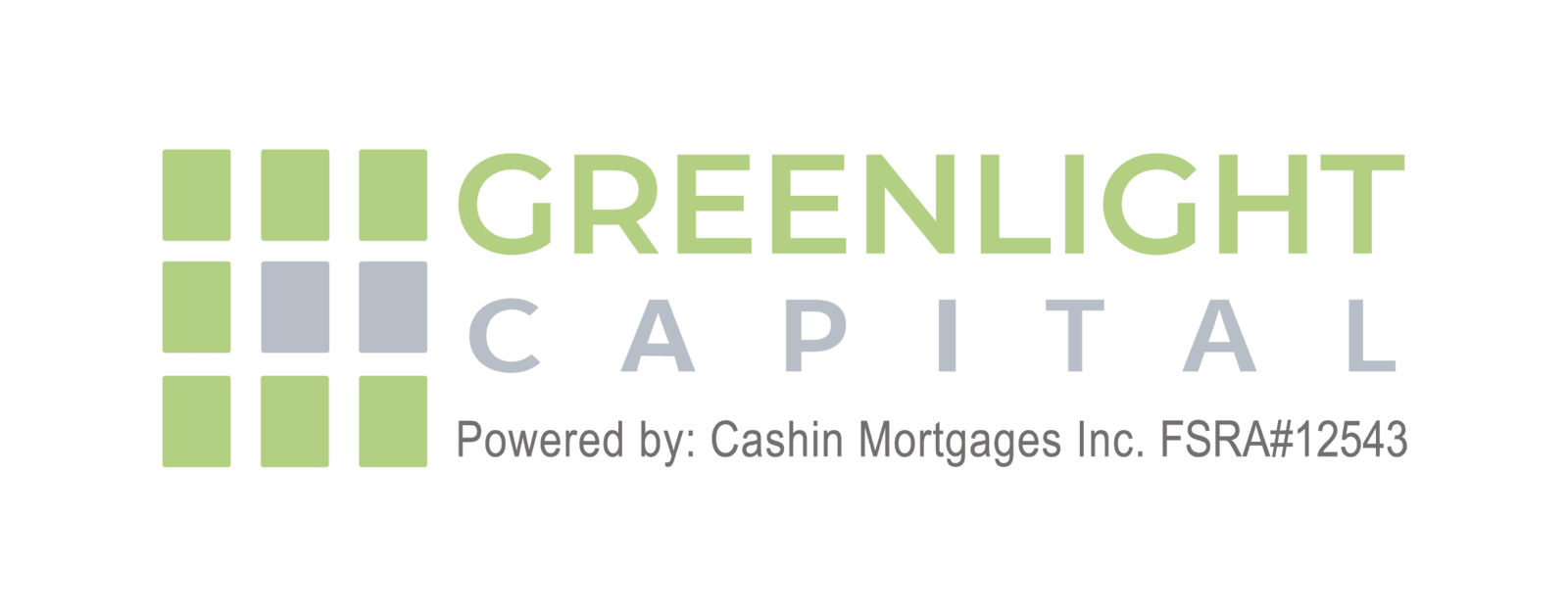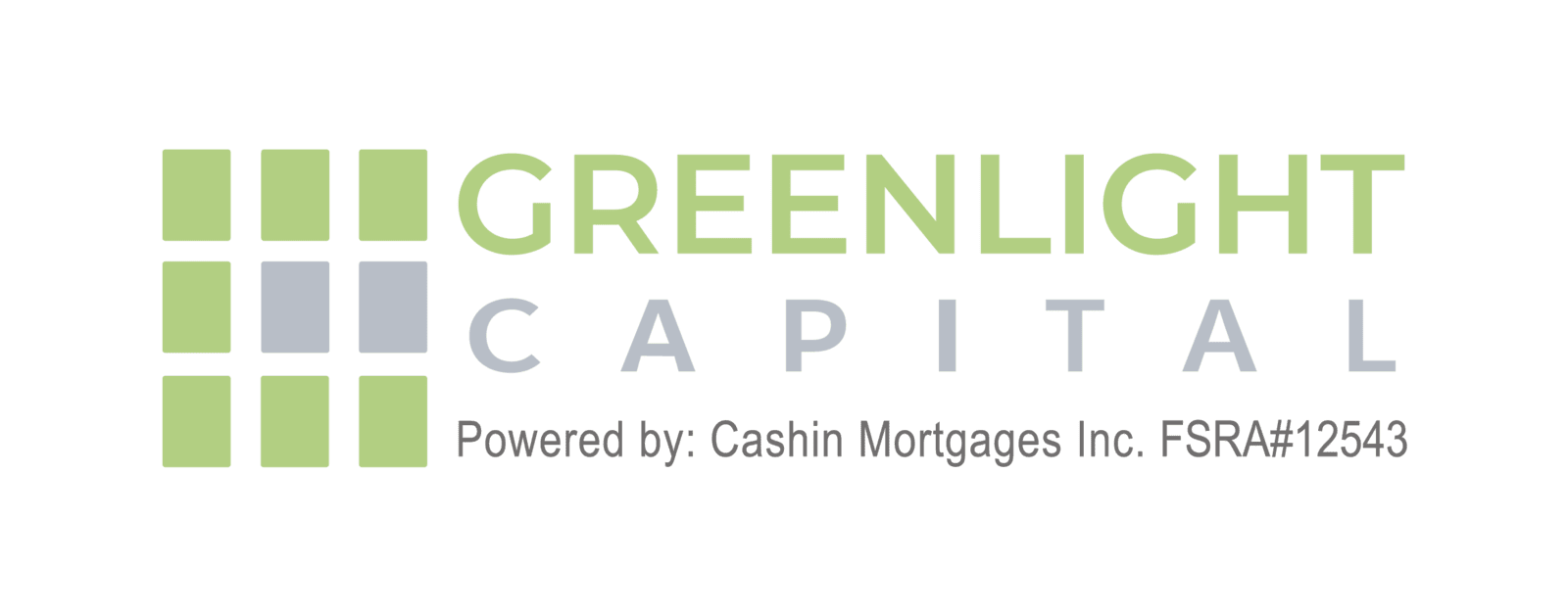U.S. Tariffs and the Canadian Housing Market
The global economy is undergoing significant changes, and Canada may face challenges ahead. With former U.S. President Donald Trump back in the spotlight, there are growing discussions about the potential return of tariffs on trade. His previous administration's decision to impose tariffs on Canadian steel and aluminum caused disruptions for businesses and workers. If similar policies are reinstated, the effects could ripple through Canada’s economy, including the housing market.

What Could Happen?
If the U.S. imposes higher tariffs on Canadian goods, Canadians could see an increase in the cost of everyday products. This would likely lead to job losses and greater economic uncertainty, creating a challenging environment for homeowners. In response, the Bank of Canada might reconsider its interest rate policies to manage the economic slowdown. As a result, homeowners may struggle to keep up with their mortgage payments, creating financial instability.
How to Protect Your Finances
While the future remains uncertain, homeowners can take proactive steps to protect their finances during tough economic times. One of the most effective ways to do so is by securing a Home Equity Line of Credit (HELOC), which serves as a financial safety net.
Why Consider a HELOC?
- Access to Funds Without Tax Penalties: Unlike withdrawing from an RRSP, a HELOC allows you to borrow money tax-free.
- Flexibility: You only borrow what you need when you need it, giving you financial control.
- Lower Interest Rates: Compared to credit cards and personal loans, HELOCs generally offer lower interest rates.
The key to benefiting from a HELOC is securing it while you have steady income and good credit. Waiting until you are already in financial distress could hinder your ability to get approved.
Other Steps to Stay Financially Strong
Apart from securing a HELOC, there are other crucial steps homeowners can take to stay financially resilient in times of uncertainty:
- Build an Emergency Fund: Aim to save 3–6 months’ worth of expenses to safeguard against unexpected hardships.
- Pay Off High-Interest Debt: Reducing credit card and personal loan debt can alleviate financial stress.
- Find Additional Income Sources: Explore opportunities like freelancing or investing to supplement your income.
- Watch Mortgage Rates: Stay informed about changes in interest rates and consider refinancing options.
- Stay Informed: Keep track of trade news and economic updates to make smart, informed financial decisions.
Hope for the Best, Prepare for the Worst
Canada could face economic headwinds as a result of escalating trade tensions and shifting U.S. policies. While the full impact of another Trump presidency and increased tariffs remains uncertain, being proactive in your financial planning is the best strategy. Securing a HELOC, reducing debt, and diversifying income streams are crucial steps that can help Canadian homeowners navigate potential financial storms.
Canada could face economic headwinds as a result of escalating trade tensions and shifting U.S. policies. While the full impact of another Trump presidency and increased tariffs remains uncertain, being proactive in your financial planning is the best strategy. Securing a HELOC, reducing debt, and diversifying income streams are crucial steps that can help Canadian homeowners navigate potential financial storms.
Understanding President Donald Trump’s $200 Billion Figure
Former U.S. President Donald Trump often cited a trade deficit with Canada of over $200 billion annually. However, official U.S. government data does not support this claim. Trump's figure is widely considered overstated, partly because it includes U.S. defense spending, which is not typically included in trade deficit calculations.
Former U.S. President Donald Trump often cited a trade deficit with Canada of over $200 billion annually. However, official U.S. government data does not support this claim. Trump's figure is widely considered overstated, partly because it includes U.S. defense spending, which is not typically included in trade deficit calculations.
Per Capita Trade Analysis
When examining trade on a per capita basis, the numbers are striking:
- United States: The average American spent approximately $1,443 on Canadian goods and services in 2022.
- Canada: The average Canadian spent over $10,800 on U.S. goods and services in the same period.
This disparity highlights the depth of economic integration between the two nations, with Canadians purchasing significantly more U.S. products than Americans do Canadian products—roughly 648% more.
When examining trade on a per capita basis, the numbers are striking:
- United States: The average American spent approximately $1,443 on Canadian goods and services in 2022.
- Canada: The average Canadian spent over $10,800 on U.S. goods and services in the same period.
This disparity highlights the depth of economic integration between the two nations, with Canadians purchasing significantly more U.S. products than Americans do Canadian products—roughly 648% more.
A 20-Year Look at Canada-U.S. Trade
Over the past two decades, trade between Canada and the U.S. has fluctuated, influenced by policy changes, economic cycles, and global events. Here’s a closer look at the total trade values, trade balances, and key categories of traded goods:
Over the past two decades, trade between Canada and the U.S. has fluctuated, influenced by policy changes, economic cycles, and global events. Here’s a closer look at the total trade values, trade balances, and key categories of traded goods:
Key Categories of Traded Goods:
- Motor Vehicles and Parts: A significant portion of trade, reflecting the integrated automotive industry.
- Energy Products: Canada is a major supplier of crude oil, natural gas, and electricity to the U.S.
- Machinery and Equipment: Includes industrial machinery and telecommunications equipment.
- Consumer Goods: Pharmaceuticals, apparel, and household products.
- Agricultural Products: Including grains, meats, and dairy products.
- Motor Vehicles and Parts: A significant portion of trade, reflecting the integrated automotive industry.
- Energy Products: Canada is a major supplier of crude oil, natural gas, and electricity to the U.S.
- Machinery and Equipment: Includes industrial machinery and telecommunications equipment.
- Consumer Goods: Pharmaceuticals, apparel, and household products.
- Agricultural Products: Including grains, meats, and dairy products.
Impact of Trade Policies During Trump’s First Term (2017–2021)
During Trump’s presidency, several key policies affected U.S.-Canada trade relations:
- United States-Mexico-Canada Agreement (USMCA): Replacing NAFTA, the USMCA brought updates on labor provisions, automotive rules of origin, and digital trade.
- Tariffs on Steel and Aluminum: Trump imposed tariffs on steel and aluminum imports from Canada, citing national security concerns, although these tariffs were eventually lifted in 2019.
Despite these disruptions, overall trade volume between the U.S. and Canada remained strong.
During Trump’s presidency, several key policies affected U.S.-Canada trade relations:
- United States-Mexico-Canada Agreement (USMCA): Replacing NAFTA, the USMCA brought updates on labor provisions, automotive rules of origin, and digital trade.
- Tariffs on Steel and Aluminum: Trump imposed tariffs on steel and aluminum imports from Canada, citing national security concerns, although these tariffs were eventually lifted in 2019.
Despite these disruptions, overall trade volume between the U.S. and Canada remained strong.
Conclusion
The trade relationship between Canada and the U.S. is complex and constantly evolving. Despite potential political shifts and tariffs, trade between the two countries continues to play a significant role in Canada's economy. For investors and mortgage brokers, understanding these dynamics is essential. Being informed and prepared—whether through securing a HELOC, staying on top of interest rate changes, or building an emergency fund—can help Canadians weather economic challenges and safeguard their financial future.
For more information on how trade policies and U.S.-Canada relations impact your investments and financial strategies, be sure to stay updated and reach out to us at Greenlight Capital.
The trade relationship between Canada and the U.S. is complex and constantly evolving. Despite potential political shifts and tariffs, trade between the two countries continues to play a significant role in Canada's economy. For investors and mortgage brokers, understanding these dynamics is essential. Being informed and prepared—whether through securing a HELOC, staying on top of interest rate changes, or building an emergency fund—can help Canadians weather economic challenges and safeguard their financial future.
For more information on how trade policies and U.S.-Canada relations impact your investments and financial strategies, be sure to stay updated and reach out to us at Greenlight Capital.



